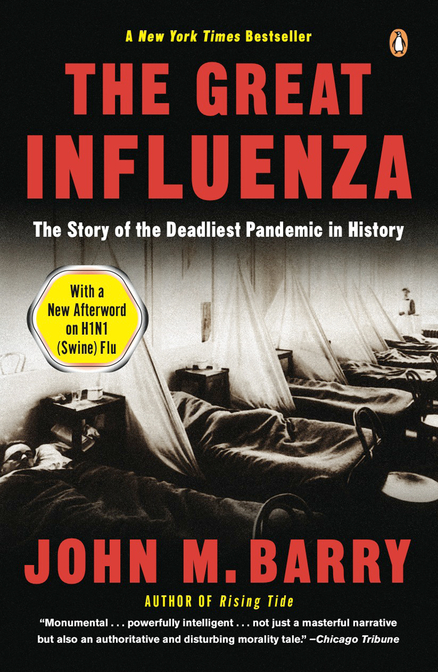The story of the 1918-1919 flu pandemic is fascinating on its own terms and is superbly recounted by John M. Barry in his book, “The Great Influenza.” But did you know that this flu was the direct cause of the rise of Adolph Hitler and World War II? Here’s the story.
The virus itself was probably circulating before 1918, most notably in Etaples, France in 1916. Be that as it may, the pandemic itself was enhanced by the congregation of vast numbers of immunologically naive young men in camps such as Fort Riley, Kansas, its site of first appearance in the U.S., and then spread by them as they were deployed to Europe. Somewhere in its migration from birds to pigs to humans, the influenza virus (H1N1) most likely mutated to its ultimate virulent form. Regardless, there were three waves of infection: In the spring of 1918, the fall of 1918 and again in the spring of 1919.
Why this flu pandemic preferentially targeted young people is still debated. One suggestion is that prior epidemics of flu were immunologically similar enough that older citizens still had some residual resistance. The other obvious suggestion is that forcing large numbers of immunologically naive young men into close proximity in military camps was an ideal scenario for rapid spread. If it started in France or in Kansas, why was it known as “The Spanish Influenza”? Seems the Spanish press was uncensored at the time since Spain was not a participant in the World War. Therefore most of the news was printed in Spanish newspapers and it became “The Spanish Flu.”

